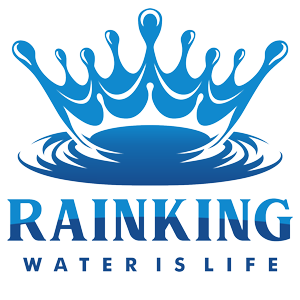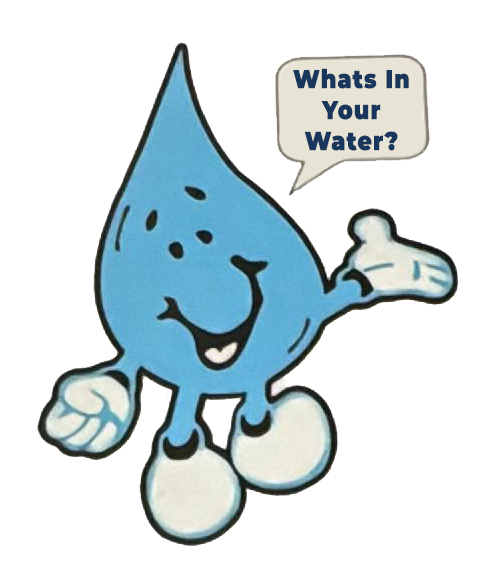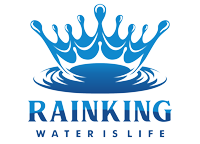Water hardness is a topic that often goes unnoticed in our daily lives, yet it plays a significant role in many aspects of our household routines. Whether it’s doing laundry, washing dishes, or simply taking a shower, the quality of water can greatly impact our overall experience. But have you ever wondered why some areas have harder water than others? And what exactly does water hardness mean anyway? In this captivating blog post, we will dive deep into the secrets of water hardness, uncovering the mysteries behind regional variations and exploring the incredible benefits of water softening. Prepare to be amazed as we unveil the fascinating world of regional water hardness maps! When it comes to water, hardness refers to the concentration of minerals, primarily calcium and magnesium, within the liquid. These minerals naturally find their way into our water sources through underground rock formations and sediment deposits. The higher the concentration of these minerals, the harder the water becomes. But how does this knowledge benefit us on a practical level? In our quest to make sense of water hardness, we will examine the concept through the lens of regional water hardness maps. These maps provide valuable insights into the specific levels of hardness in different areas, allowing us to understand the unique challenges faced by residents. From the shores of California to the heartland of America, each region has its own story to tell when it comes to water hardness. Join us on this enlightening journey as we unlock the secrets of water hardness and discover the advantages of water softening. We’ll explore the diverse ways in which softening your water can improve your daily life, from extending the lifespan of your appliances to achieving cleaner and more vibrant clothing. So, get ready to embark on an adventure through the world of regional water hardness maps, where knowledge is power and softening is the key to unlocking a world of benefits.
Why Does Water Hardness Vary by Region?
Water hardness is a fascinating phenomenon that can vary significantly from one region to another. Understanding why water hardness varies by region requires delving into the geological and environmental factors that influence the mineral content in our water sources.
One of the primary reasons for regional variations in water hardness is the composition of the surrounding soil and rock formations. As rainwater seeps into the ground, it picks up minerals such as calcium and magnesium from these geological structures. Areas with limestone or chalk formations tend to have higher levels of water hardness due to their higher mineral content.
In addition to geological factors, regional climate patterns also play a role in water hardness. Areas with high rainfall often have softer water because rainwater is naturally low in minerals. On the other hand, regions with arid climates and limited rainfall may experience higher levels of water hardness as a result of evaporation, which concentrates the minerals present in the water.
Furthermore, human activities can contribute to variations in water hardness. Industrial processes, agricultural practices, and even household plumbing systems can introduce additional minerals or contaminants into the local water supply, affecting its overall hardness.
Exploring Water Hardness Across Different Regions
To gain a deeper understanding of how water hardness varies across different regions, let’s take a closer look at some specific areas:
The Shores of California
The coastal regions of California are known for their relatively soft water. The proximity to the Pacific Ocean means that much of their water supply comes from desalination plants or underground aquifers connected to seawater sources. This process removes many minerals typically found in freshwater sources, resulting in lower levels of water hardness.
The Heartland of America
In contrast, states located in the heartland of America, such as Kansas and Nebraska, often have harder water. These areas are characterized by extensive underground limestone formations, which contribute to higher mineral content in the water supply.
The Great Lakes Region
The Great Lakes region, including states like Michigan and Wisconsin, experiences a mix of water hardness levels. While some areas near the lakes may have relatively soft water due to the dilution effect of these massive bodies of freshwater, other regions further inland may have harder water due to geological factors.
The Impact of Water Hardness on Daily Life
Water hardness can have a significant impact on various aspects of our daily lives. From household chores to personal care routines, understanding the effects of hard water is crucial for making informed decisions about water treatment.
One common issue associated with hard water is the formation of limescale deposits. These deposits can accumulate in pipes, appliances, and fixtures over time, reducing their efficiency and lifespan. By softening the water through various treatment methods, such as ion exchange or reverse osmosis, homeowners can prevent limescale buildup and extend the longevity of their appliances.
Hard water can also affect our laundry routines. The minerals present in hard water can make it more difficult for detergents to dissolve properly and effectively clean our clothes. As a result, clothing may appear duller and less vibrant over time. Softening the water helps improve detergent performance and ensures brighter, cleaner laundry.
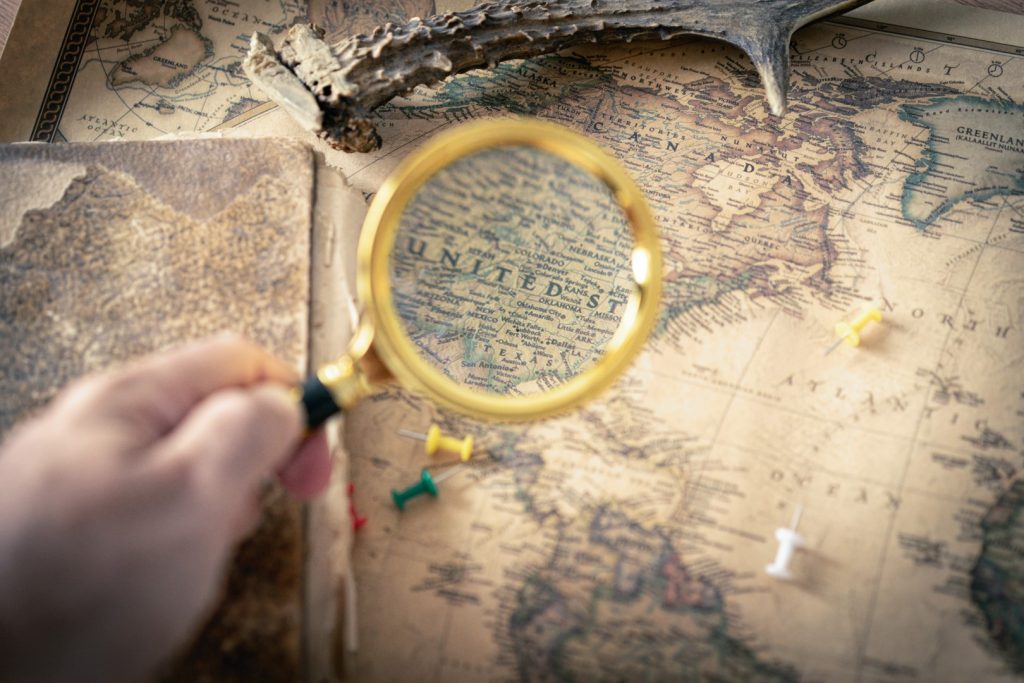
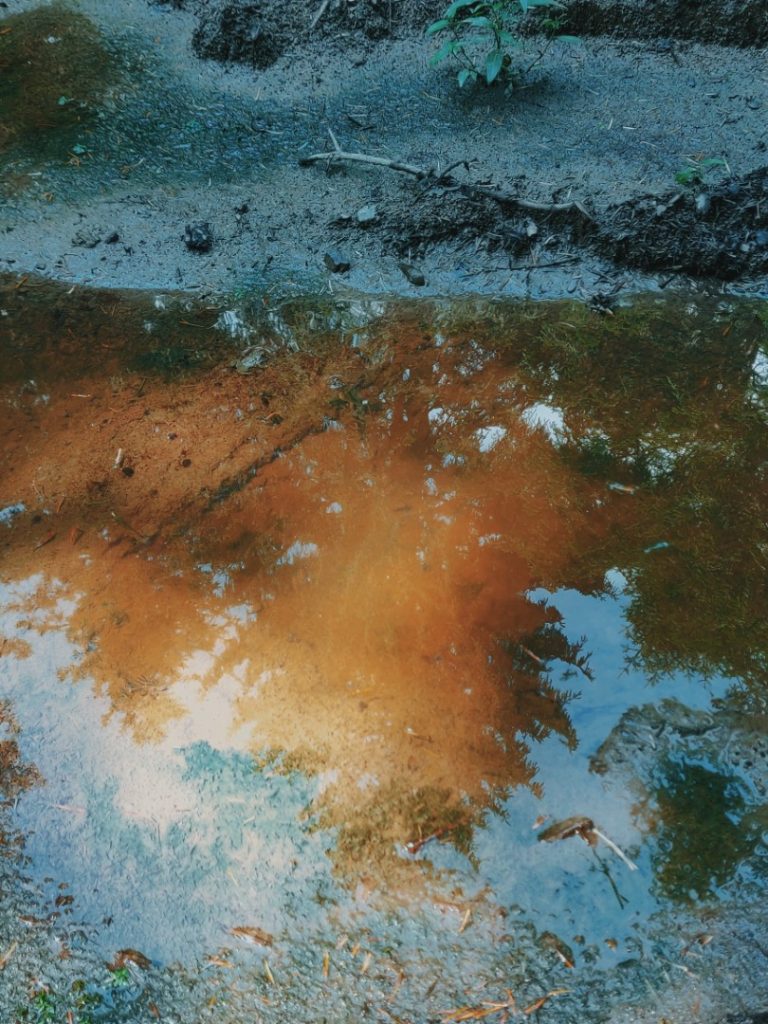
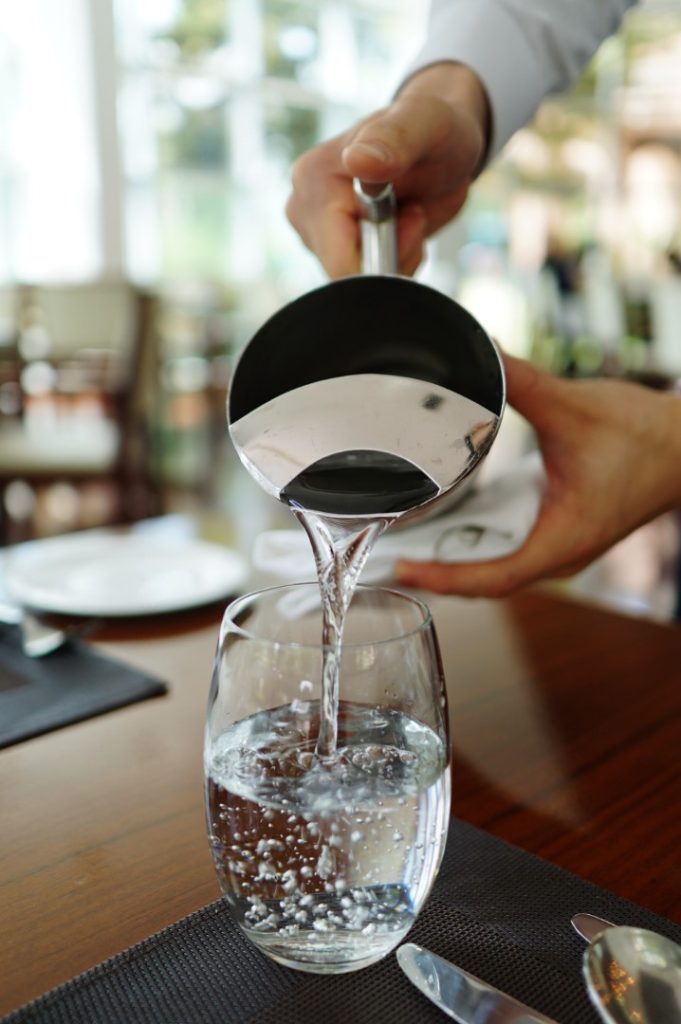
Benefits of Water Softening
Water softening offers numerous benefits that go beyond extending appliance lifespan and enhancing laundry results. Let’s explore some additional advantages:
Better Lathering and Rinsing
Softened water creates richer lather with soaps and shampoos while also rinsing more effectively. This can enhance the overall bathing and showering experience, leaving your skin and hair feeling cleaner and more refreshed.
Reduced Soap and Detergent Usage
Soft water requires less soap or detergent to achieve the same cleaning results as hard water. This not only saves you money but also reduces the environmental impact of excessive chemical usage.
Improved Appliance Efficiency
In addition to extending appliance lifespan, softening water can improve their overall efficiency. Without limescale buildup, appliances such as dishwashers and water heaters can operate more effectively, saving energy and reducing maintenance costs.
Conclusion: Unlocking the Secrets of Water Hardness
Water hardness is a complex yet fascinating aspect of our daily lives. By exploring regional water hardness maps, we gain valuable insights into the variations in mineral content across different areas. Understanding these variations allows us to make informed decisions about water treatment methods such as softening.
From improving appliance efficiency to achieving cleaner laundry and enjoying a better bathing experience, the benefits of water softening are undeniable. So, embrace the power of regional water hardness maps and unlock a world of advantages by choosing to soften your water!

